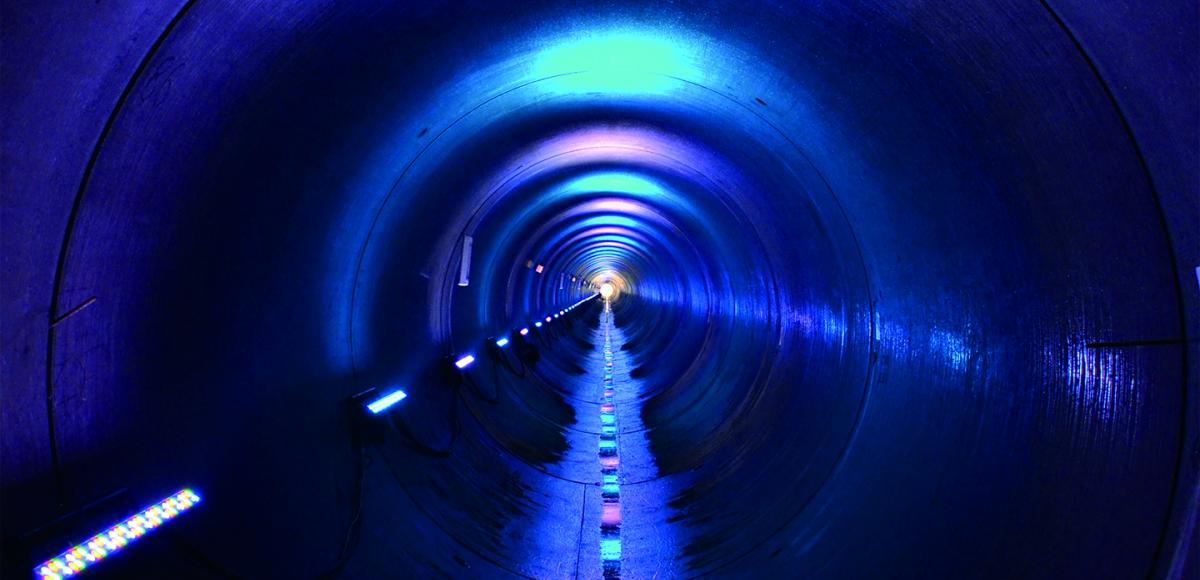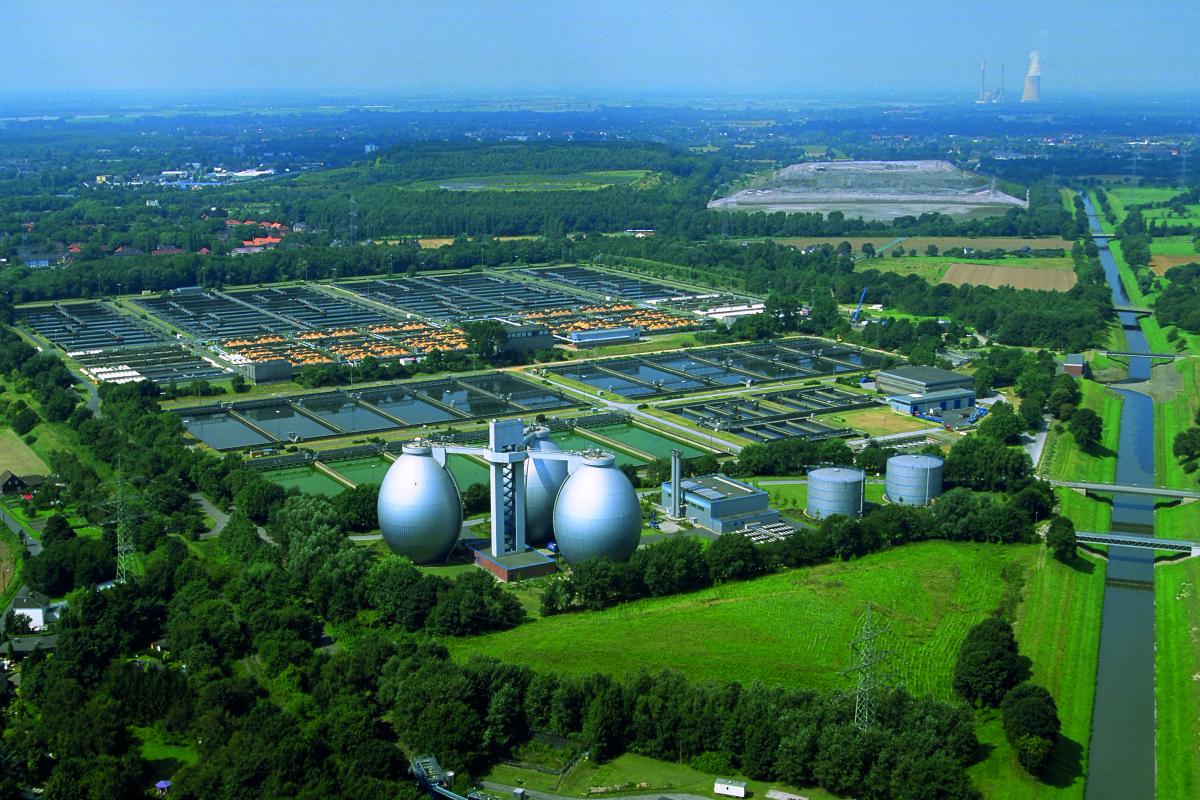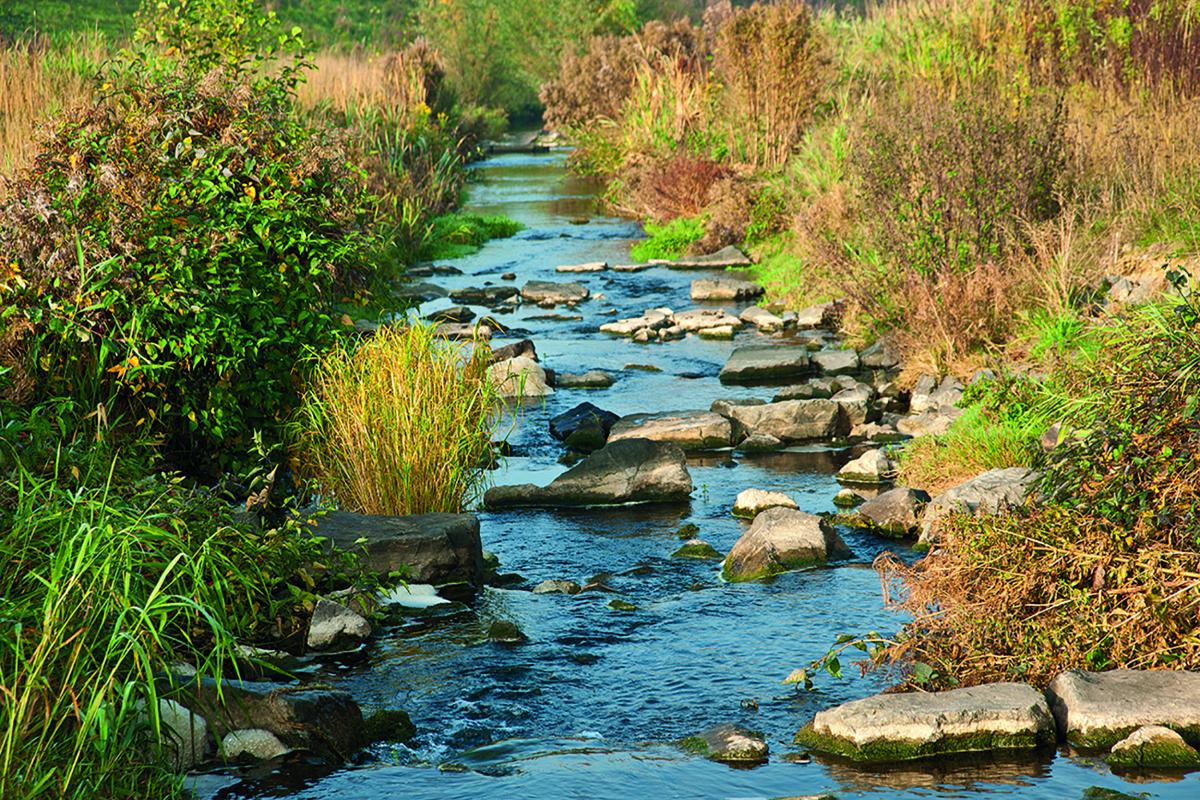
From dirty sewer to green haven
The days of the German Ruhr region being known for its heavy industries and coal mining are over.
But decades of polluting have left their mark on the environment. In an effort to repair some of the damage made, AFRY is taking part in a massive infrastructure project in the region with the aim of making nature flourish once again.
During the 19th century, the Ruhr area in Western Germany was distinguished by its accelerating industrial development as the leading region in Western Europe for steel production and coal mining. The growing industries brought economic prosperity but were also the key contributing factors to the increased level of pollution in the region – especially affecting the nearby Emscher River. The 865 square kilometres of the river basin quickly became filled with wastewater from the heavily polluting industries and local residents. Ultimately, the river was transformed into a stinking open sewer with badly contaminated water that began destroying the ecosystems in and around it.
More than a century later, the Emscher remains one of Germany’s most polluted rivers. In the 1990’s, the public water management association Emschergenossenshaft was founded with the ambition to improve the water systems around the area and to restore the ecology of the Emscher. AFRY has been involved in the project since 2002, with the planning and design of the new underground water sewage system, conduits and water treatment plants.
The major efforts and investments in this restoration project have made the Emscher one of Europe’s largest infrastructure projects. Together with several upgraded and newly built water treatment plants, 421 kilometres of wastewater canals will be built underground along the river.
Damages from the past create technical challenges

The project’s objective to revitalise the area has meant a great deal of work on water systems underground in order to enable the restoration above ground. During the initial years of the project, 80 percent of AFRY’s work focused on analysing and designing solutions that will not be visible above ground.
“People do not always understand why we need to put so much work into something they cannot see. But by redesigning the wastewater system underground we will lay the foundation for improving the water quality of the Emscher and help the surrounding environment to flourish,” says Ralf Janyga, Manager Business Unit Water Germany, AFRY.
The complexity of the project, as well as the poor conditions caused by the former coal mining, pose new technical challenges never before dealt with on this scale.
“Correcting the errors of the past 100 years and restoring the river back into a nearly natural system is a huge task that has not been attempted anywhere else in Europe. Evidently, there are several new questions that need to be answered, especially on how to do it technically,” says Reinhard Ketteler, Project Director at Emschergenossenschaft.
The unstable soil and high risk of subsidence caused by mining is one example, creating challenging conditions for the construction of the new wastewater system under-ground. Instead of building the conduits a few meters below the surface, the sewage system is built using pipe jacking at depths up to 40 meters underground.
Building of a new wastewater system has in turn created a need to renovate and modernise the existing waste-water treatment plants. Previously, all water streaming from the Emscher was cleaned in the plants, handling about 30 cubic metres of water per second. With the new sewage system, only the wastewater is collected and transported to the treatment plants, making them more efficient. Today, the wastewater system is the most modern sewage system in the world. “When we only need to clean the wastewater, we only need to handle 15 cubic metres of water per second, which makes for more energy efficient water treatment. We have also desig - ned new clarifier tanks for the treatment plants using a more modern and efficient method to clear solids from the water, compared to the old methods which have not been upgraded since the 70’s,” says Ralf Janyga.
From restricted area to green capital
For many years, the area around the Emscher has been a restricted area, sealed off from the public. One important aspect of the project is to show that restoring nature and incre-asing biodiversity is in fact possible. The many years of industrialisa-tion and human impact have had a tremendously negative impact on the environment so a complete revitali-sation may not be possible. The goal is to restore the Emscher River in the best way possible under the given conditions of infrastructure and space available, with the ambition to create a flourishing living space along the river for plants, animals and humans.
Now, over two decades after the project was initiated, plants and wildlife have returned to the area. Shrimps and snails have been spot-ted in the river and more species are expected. Additional reno-vations along the river banks will allow ecosystems in the surroun-ding nature to grow back. In the nearby City of Essen, the conversion of the Emscher River has played a major part in the city’s green urban develop ment over the past few years. In 2017, Essen received the title “European Green Capital” from the European Commission for illustrating best practices for building vibrant, sustainable cities out of former industrial regions.


